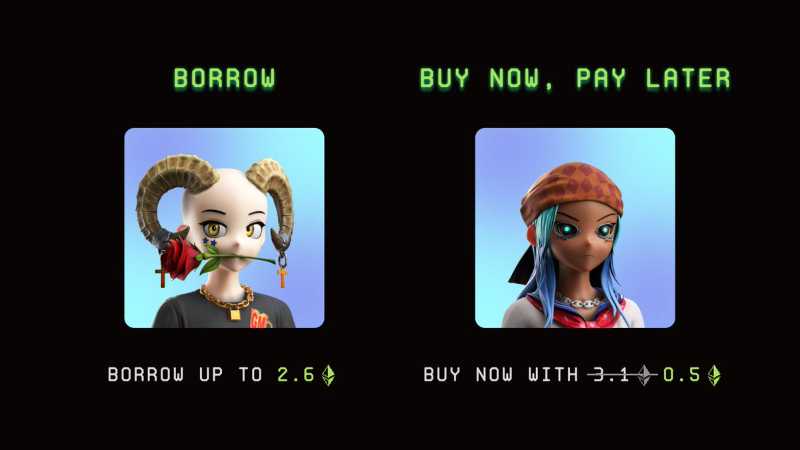Blend dominates NFT lending as market share soars to 82%

Blur’s recently-launched NFT lending platform Blend’s market share has risen to a record of 82 percent, according to a recent report by DappRadar.
Blend has also amassed a staggering trading volume of approximately $308 million (equivalent to 169,900 ETH) only 22 days since its launch. During this period, the combined trading volume across all NFT lending platforms amounted to approximately $375 million.
On its release day, the platform had a total lending volume of 4,200 ETH (equivalent to approximately $7.6 million). This means Blend has since achieved a 3,945 percent surge in trading volume within less than a month.
.@blur_io has surpassed OpenSea to become the largest NFT marketplace.
Its airdrop has fueled an incentive flywheel to create real network effects.
Blur has achieved 53% market share within a few months of launch, here's how they did it: 🧵⬇️ pic.twitter.com/GlQiaXpopR
— Delphi Digital (@Delphi_Digital) February 21, 2023
Per DappRadar’s data, the total trading volumes in the NFT market also surged to $466 million during the same period, signifying a shift in sentiment from NFT ownership to NFT lending. Moreover, lending now accounts for 46.2 percent of Blur’s overall trading volume.
Blend only supports loans backed by four NFT collections — Miladys, Azukis, DeGods, and wrapped versions of CryptoPunks — but this may soon change. Blur recently disclosed plans to introduce lending services for Clone X, with additional projects expected to join shortly.
1/ 🚨BLEND ANNOUNCEMENT🚨
Blur Lending (Blend) support will be live shortly for Clone X. pic.twitter.com/oN2HR5hVTL
— Blur (@blur_io) May 25, 2023
Wash trading concerns
DappRadar blockchain data analyst Sara Gherghelas told CoinDesk that while Blend’s success in attracting capital to stagnant NFT markets is promising, it raises concerns regarding the market’s maturity and potential impact on collection prices.
“The significance of this large volume can be positive, as it indicates liquidity and market validation,” said Ghergelas. “However, there are also potential negatives, as high volumes on Blend could increase the price volatility, impacting market stability and making it difficult for traders to predict price movements accurately.”
DappRadar’s report highlights that Blur’s total value locked (TVL) surged from $119 million to $146 million. However, the report also points out an ongoing concern regarding wash trading, with a staggering $19 million involved in such activities just within the past week. Ghergelas noted that the figure had generated concerns regarding the authenticity of the trading volume on the Blur platform and the broader NFT industry.
“It is important for platforms and participants in the market to maintain transparency and avoid engaging in manipulative practices that can mislead market participants, especially if we want a wider adoption of NFTs,” said Ghergelas.
1/ 🚨FEATURE ANNOUNCEMENT🚨
You can now borrow ETH and pay back your loan in small increments over time instead of all at once.
This works for NFTs bought with BNPL and NFTs you borrow directly with. pic.twitter.com/GtUzAzDBwp
— Blur (@blur_io) May 24, 2023
Risks of NFT lending
In NFT lending, borrowers pledge their NFTs as collateral for a loan and receive Ethereum from a lender. Borrowers can then use the loaned funds to purchase high-value NFTs or other items without paying upfront. While attractive to new traders, this scheme carries risks associated with sudden drops in floor prices of the NFT being held as collateral.
In 2022, for instance, the prices of Bored Ape Yacht Club (BAYC) NFTs plummeted by 80 percent in just six weeks. Those who had borrowed money using their Apes as collateral faced margin calls, requiring them to provide extra collateral to compensate for the decreased value of the asset.
Despite these risks, Blur shows no indications of slowing down, with the company recently announcing a new feature that allows users to extend their loans by making a partial payment of as little as 0.1 ETH instead of repaying the entire amount at once.









